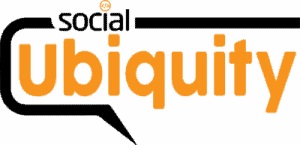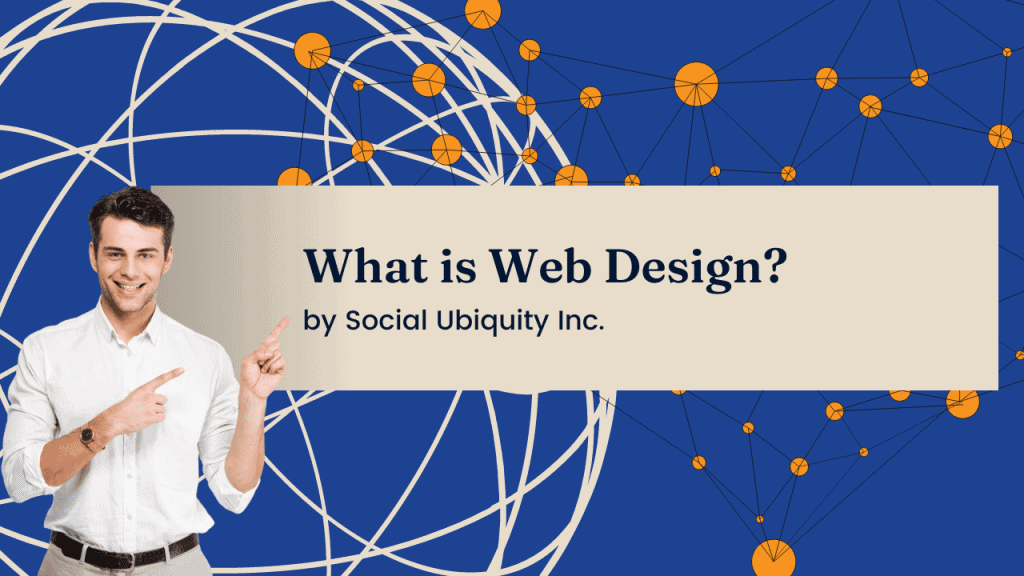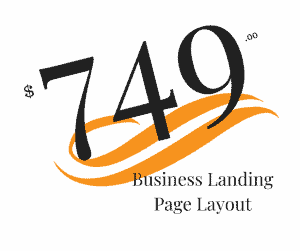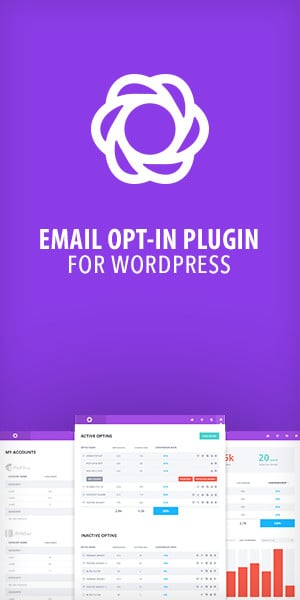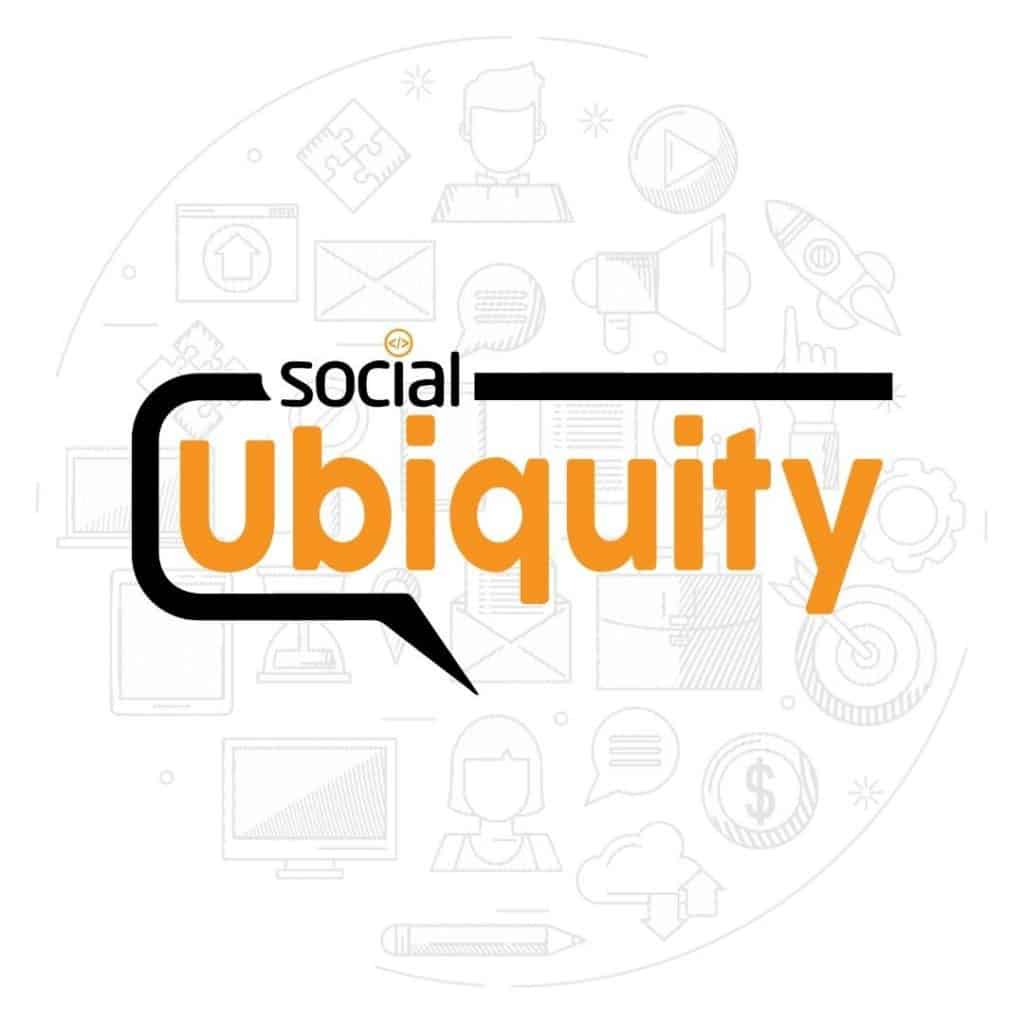Typography is far more than just choosing a font—it’s a fundamental component of web design that impacts how users perceive and interact with a website. Effective typography can set your site apart in an era of fierce online competition, making it visually appealing and easy to navigate. Modern typography enhances the aesthetic appeal and plays a vital role in user experience, readability, and conveying your brand’s message. In this blog, we’ll explore why typography is crucial in modern web design and how to leverage it effectively.

1. Typography as a Key Element of User Experience (UX)
User experience (UX) is at the forefront of modern web design, and typography is pivotal in how users interact with content. The right font choices can make text easy to read, helping users stay engaged and navigate the site effortlessly.
Why Typography Impacts UX:
- Readability and Legibility: Users may leave the site quickly if the text is difficult to read due to poor font selection or improper spacing. Choosing clear, well-spaced fonts improves legibility and keeps users engaged.
- Information Hierarchy: Typography helps guide users through the content. Different font sizes, weights, and styles create a hierarchy indicating the most important information. This makes it easier for users to scan and digest content.
- Accessibility: Proper typography ensures your website is accessible to all users, including those with visual impairments. This can include choosing fonts with high contrast, adjusting line spacing, and using scalable font sizes.
2. Establishing Brand Identity Through Typography
Typography plays a significant role in shaping a brand’s identity online. Like logos and color schemes, the fonts you choose help communicate your brand’s personality, tone, and values.
How Typography Affects Brand Perception:
- Conveying Tone: Serif fonts can evoke a sense of tradition and professionalism, while sans-serif fonts are often perceived as modern and minimalist. Choosing the right typography ensures that your brand’s tone is aligned with its values and target audience.
- Visual Consistency: Consistent typography across all pages of your website helps create a cohesive brand experience. This consistency builds trust and professionalism, making your brand more recognizable and reliable.
- Differentiation: Unique typography choices can set your website apart from competitors. Custom fonts or distinctive styles can make your brand memorable and help establish a unique visual identity.
3. Typography and Visual Hierarchy
Visual hierarchy refers to the arrangement of elements on a page that first guides users’ attention to the most important parts. Typography is a powerful tool in creating this hierarchy, ensuring that users understand the structure and flow of information on a website.
Key Ways Typography Shapes Visual Hierarchy:
- Headings and Subheadings: Larger and bolder fonts are typically used for headings to grab attention, while smaller fonts are used for body text. This clear differentiation helps users quickly scan and find the information they want.
- Emphasis with Styles: Bold, italic, or underlined text can emphasize key points or highlight calls to action, drawing users’ focus to essential information.
- Line Spacing and Margins: Proper line spacing and margins make it easy to read blocks of text. Adequate spacing creates a clean, organized appearance that improves readability and flow.
4. Modern Web Typography Trends
Typography trends in web design are continually evolving, with new styles that push the boundaries of creativity and functionality. Staying on top of these trends can give your website a fresh, contemporary look.
Popular Typography Trends:
- Bold and Oversized Fonts: Bold, oversized text is used to create powerful headlines that instantly grab attention. These fonts are often combined with minimalist layouts to make a strong impact.
- Handwritten and Script Fonts: Handwritten and script fonts give a personal, authentic feel, which can be particularly effective for brands that want to convey creativity or individuality.
- Variable Fonts: Fonts allow for flexible, responsive typography that adjusts to different screen sizes and devices. This adaptability improves the user experience on mobile and desktop platforms alike.
- Minimalist Typography: Clean, simple fonts paired with spacious layouts are trending as part of the minimalist design movement, emphasizing functionality and readability.
5. Best Practices for Choosing Typography in Web Design
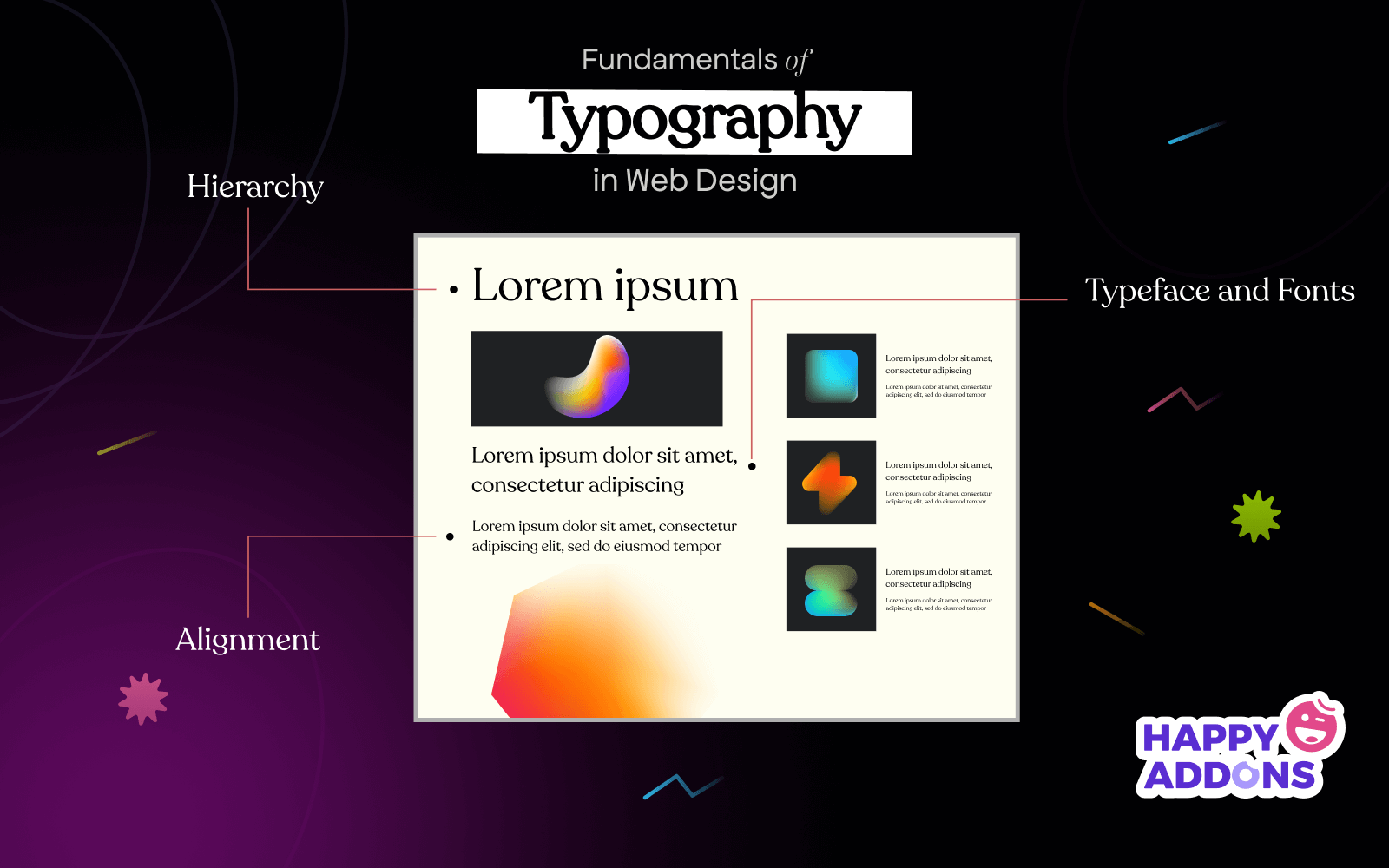
Choosing the right typography for your website involves more than just selecting a visually appealing font. You must consider readability, consistency, and how well it aligns with your brand’s message.
Tips for Effective Typography in Web Design:
- Choose Readable Fonts: Prioritize readability by selecting fonts that are easy on the eyes, especially for body text. Avoid overly decorative fonts for large amounts of text.
- Limit Font Variety: Stick to two or three fonts to maintain consistency across your site. Too many fonts can make your design look cluttered and unprofessional.
- Use Appropriate Line Spacing: Ensure adequate line height and spacing between text lines to improve readability, especially for mobile users.
- Test for Responsiveness: Ensure your typography scales well across different devices and screen sizes. Test your fonts on mobile, tablet, and desktop screens to confirm they remain clear and legible.
- Balance Design with Functionality: While creative typography can be visually striking, don’t sacrifice functionality. Ensure your fonts are accessible to all users, including those with visual impairments.
Typography as a Foundation of Web Design Success
In modern web design, typography isn’t just an aesthetic choice—it’s a fundamental element that shapes user experience, enhances brand identity, and creates a visually appealing website. Choosing the right fonts, establishing a clear hierarchy, and staying updated on typography trends can elevate your web design and create a more engaging and user-friendly experience. Whether you’re designing a corporate site, a creative portfolio, or an e-commerce platform, the power of typography should never be underestimated.
